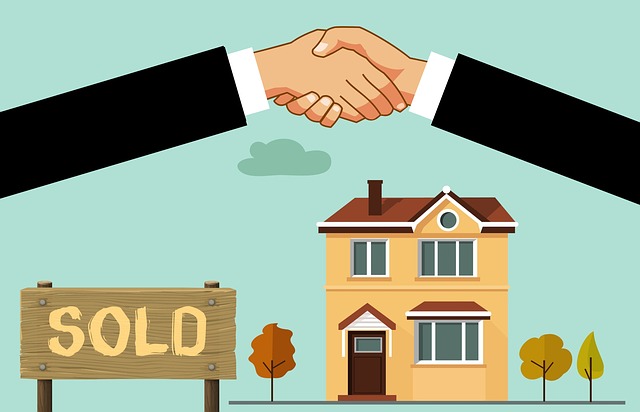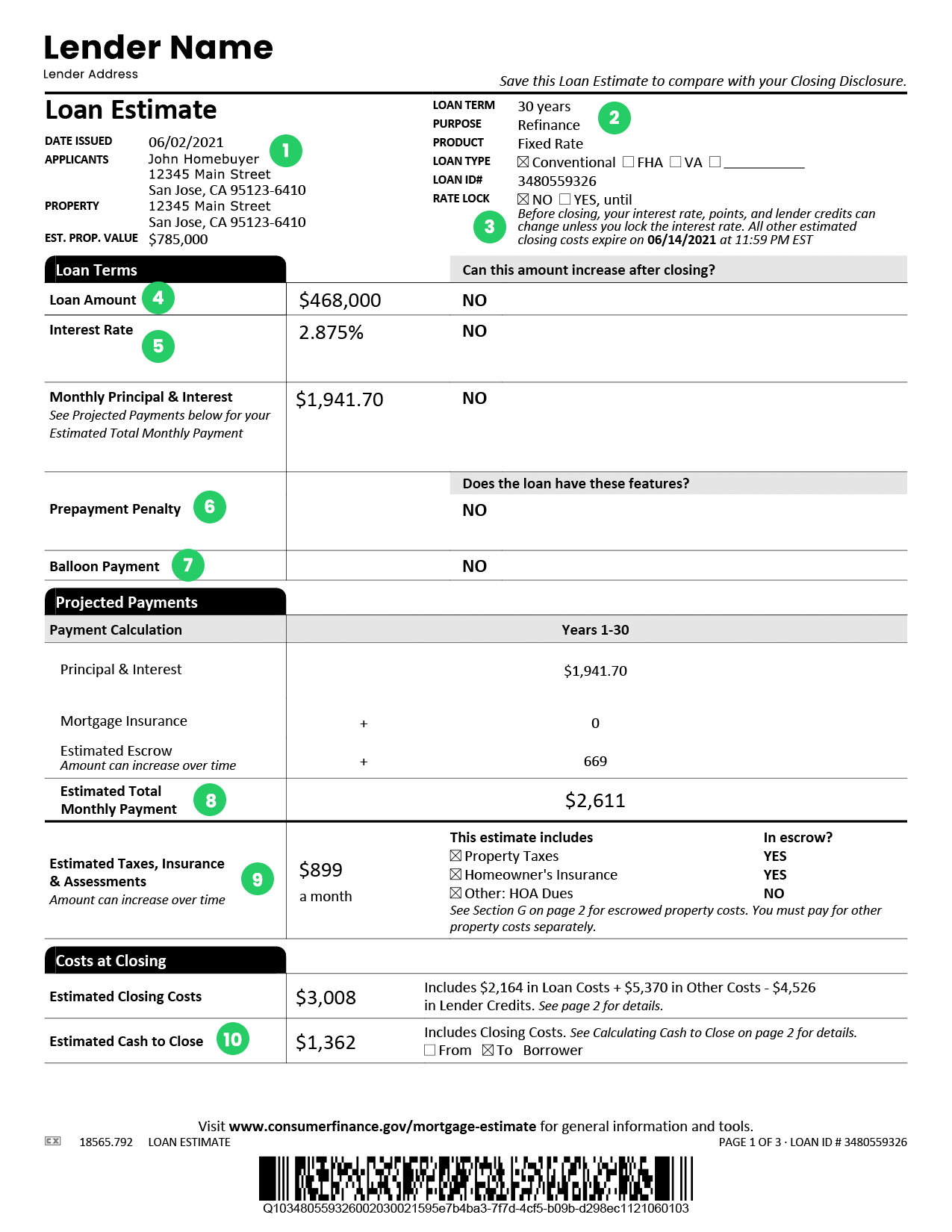
Know what you're signing before you sign anything on a loan quote. You should know that some loans will have caps on interest rates and others will not. There are lifetime caps that you should consider. The next page of the loan estimate will contain information about your lender or loan officer as well their email addresses and telephone numbers. The final page will give you an estimate of the total cost over five years.
Page one
A loan estimation is a concise summary of all the costs associated with buying a house. It details the loan terms, interest rate, closing costs, fees, and taxes. The contact information of the lender is also included. It is helpful to compare loans from different lenders using the information in the Loan Estimate.
Page 2
The loan estimate is a vital document that includes details on your loan. This document contains details about your monthly payments as well as costs. On the first page of the loan estimate, you should include the name, address, price of the property and amount of loan. All of these numbers should be verified by the lender. It should also contain contact information and the name for your mortgage broker. The final page should include the address where you can sign the loan estimate.
Page three
The loan estimate will show the total interest, monthly payments, and any prepaid fees. These fees will be reflected in the closing disclosure and are important to compare before signing. The loan estimate will show both the interest paid and the amount remaining at the end.

Page four
The loan estimate, which details your payments and other expenses, is an important document. It is usually limited to three pages. On the first page, you will find the terms and conditions. The second page contains details about closing costs. The third page details the amount of the loan and its interest rate. The fourth page contains a breakdown of the mortgage payment. This includes taxes. You will also find any prepayment penalties in the loan estimate.
Page five
You will find important information regarding the loan in your loan estimate. The estimate will include information such as how much you will repay your loan in five year, how much you will need to purchase mortgage insurance, and other pertinent details. It will also contain the total interest rate you will have to pay over your loan term. The total interest percentage is calculated based on the amount you borrow, so make sure you understand it.
Page six
The loan estimate is vital documentation that lists the cost and monthly payment associated with a loan. The loan estimate begins with a page that includes the applicant's name, address, and property value. It is important to match these details with the loan amount requested.
Page seven
A loan estimate is a document that details the terms and costs of a loan. It should contain the applicant's name, address, the value of the property, as well the amount of a loan. It is important to confirm that the loan estimate corresponds with the actual property's price.
Page eight
The breakdown costs and expenses is an important part of the loan estimate. This document contains information that will help homebuyers to understand the true cost of a loan. This estimate will make it easier to compare and save time.

Page nine
The loan estimate is a vital document that lists the costs and monthly payments for a loan. It should include the applicant's name and address as well as the price of the property to be purchased. It should also contain the loan terms, if any.
Page ten
A Loan Estimate (LE), is a document that details the costs associated to a loan. It includes important information about the closing costs, interest rate, taxes and government fees. It also includes contact information for the lender. This document is useful for comparison-shopping.
FAQ
What is reverse mortgage?
Reverse mortgages are a way to borrow funds from your home, without having any equity. It allows you to borrow money from your home while still living in it. There are two types: conventional and government-insured (FHA). You must repay the amount borrowed and pay an origination fee for a conventional reverse loan. FHA insurance covers your repayments.
Is it possible to get a second mortgage?
Yes, but it's advisable to consult a professional when deciding whether or not to obtain one. A second mortgage is typically used to consolidate existing debts or to fund home improvements.
What are the disadvantages of a fixed-rate mortgage?
Fixed-rate mortgages have lower initial costs than adjustable rates. Also, if you decide to sell your home before the end of the term, you may face a steep loss due to the difference between the sale price and the outstanding balance.
Do I require flood insurance?
Flood Insurance protects against damage caused by flooding. Flood insurance can protect your belongings as well as your mortgage payments. Find out more information on flood insurance.
How much money will I get for my home?
It all depends on several factors, including the condition of your home as well as how long it has been listed on the market. Zillow.com says that the average selling cost for a US house is $203,000 This
Statistics
- The FHA sets its desirable debt-to-income ratio at 43%. (fortunebuilders.com)
- When it came to buying a home in 2015, experts predicted that mortgage rates would surpass five percent, yet interest rates remained below four percent. (fortunebuilders.com)
- Private mortgage insurance may be required for conventional loans when the borrower puts less than 20% down.4 FHA loans are mortgage loans issued by private lenders and backed by the federal government. (investopedia.com)
- Based on your credit scores and other financial details, your lender offers you a 3.5% interest rate on loan. (investopedia.com)
- 10 years ago, homeownership was nearly 70%. (fortunebuilders.com)
External Links
How To
How do I find an apartment?
Moving to a new place is only the beginning. This requires planning and research. It involves research and planning, as well as researching neighborhoods and reading reviews. You have many options. Some are more difficult than others. Before renting an apartment, you should consider the following steps.
-
Data can be collected offline or online for research into neighborhoods. Online resources include websites such as Yelp, Zillow, Trulia, Realtor.com, etc. Other sources of information include local newspapers, landlords, agents in real estate, friends, neighbors and social media.
-
Find out what other people think about the area. Yelp, TripAdvisor and Amazon provide detailed reviews of houses and apartments. You might also be able to read local newspaper articles or visit your local library.
-
Make phone calls to get additional information about the area and talk to people who have lived there. Ask them what the best and worst things about the area. Ask for recommendations of good places to stay.
-
Take into account the rent prices in areas you are interested in. If you think you'll spend most of your money on food, consider renting somewhere cheaper. On the other hand, if you plan on spending a lot of money on entertainment, consider living in a more expensive location.
-
Find out more information about the apartment building you want to live in. Is it large? What is the cost of it? Is it pet-friendly? What amenities does it have? Is it possible to park close by? Do you have any special rules applicable to tenants?